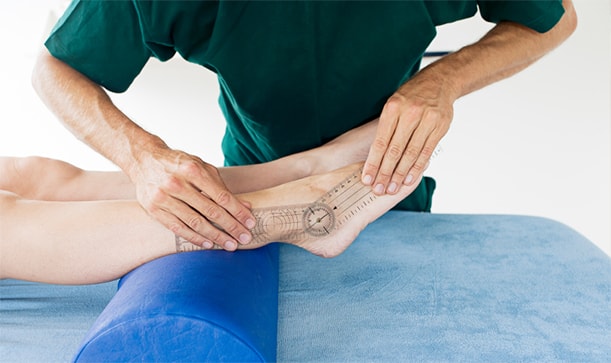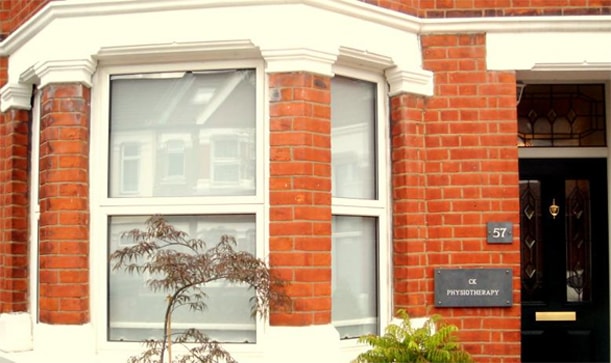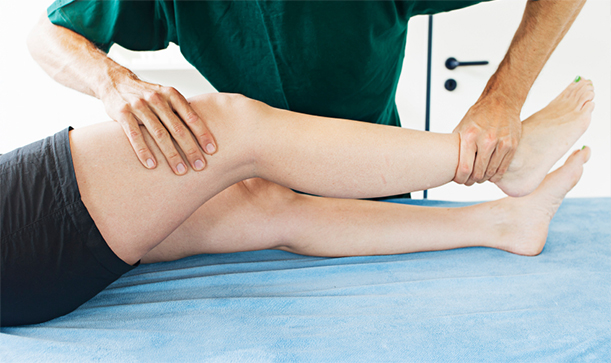CK Physiotherapy
AREAS COVERED
W7, W5, W13, Ealing, West London
57 Elthorne Avenue
Hanwell, W7 2JY
T: 020 8566 4113
M: 079 572 46185
E: info@ckphysio.co.uk
Location / Parking
We are situated in Hanwell, between Boston Manor Road and Northfields Avenue, south of the Uxbridge Road.57 Elthorne Avenue
Hanwell, W7 2JY
There are parking restrictions Mon - Fri 9-10am and 2-3pm. If you need a permit during this time please inform your therapist when you arrive. There are no parking restrictions at other times.
Opening Times
Please phone the number above during working hours to make an appointment. Our reception service will be happy to book your session.
London Underground / Bus Services
London Underground
10 min. walk from Boston Manor Tube Station.
15 min. walk from Northfields Tube Station.
Bus Service
E8, E3, E2, 207, 607, 83
Request Call Back
Our Blog
Three Ways Physiotherapy Can Ease the Symptoms of Sciatica
By: BryanKelly (Psst, View author in Google Plus) Date: Jun 12th, 2017Anyone who is suffering with or has suffered from sciatica knows that it can be severely painful.
This condition is usually caused by a herniated disc in the spine that presses against nerves, but it also can be the side effect of bone spurs, spinal stenosis, arthritis, or pinched nerves. The pain from this condition can radiate down your lower back to your buttocks and all the way down the back of your leg. It can also make your leg go numb or tingle and cause muscle weakening in both the leg and foot.
Many people seek out physiotherapy to help treat sciatica, and here are 3 ways that it might of help.

Ice and Heat Therapy
Generally speaking, cold therapy is optimal when applied during the first 2-7 days after you first start experiencing sciatica symptoms. However, there are cases when ice therapy can be continued after this time, and most physiotherapists can help you determine if your case warrants continuation after the initial period. Ice can help reduce inflammation and ease pain.
Heat therapy can be used on and off during your entire sciatica ordeal. Many people are tempted to apply heat directly to the area where they feel the pain of sciatica, but this is not always the correct thing to do. Since the issue originates in the lower back, this is where heat should be applied.
Massage
Massage therapy has been shown to reduce pain, increase range of motion, reduce depression, and improve sleep for people suffering with sciatica. By stimulating circulation and relieving pain, massage can release tension, release endorphins, and improve mobility. Some massage also employs the use of cold or heat therapy during a session.
Acupuncture
Acupuncture is a 3,000 year old healing technique that stimulates specific anatomic through the insertion of needles, pressure, heat, or electrical stimulation. Its positive benefits on the nervous system, immune system, endocrine system, digestive system, and cardiovascular system are well-known, and studies have discovered that acupuncture may be a more effective treatment for sciatica than drugs. Interestingly enough, it has also been found that when used in combination with drugs, it may enhance the effects of them.
If you or someone you know is suffering from sciatica, you may want to seek out the advice of a competent physiotherapist. Their knowledge and training in multiple practices and therapies may be the solution for the painful symptoms of this common problem.
Sources:
Sciatica - Topic Overview, Webmd.com
How to Apply Heat Therapy for Your Sciatica Symptoms, Spine-health.com
Massage for Sciatica: Pain Relief and Prevention, Pacificcollege.edu





